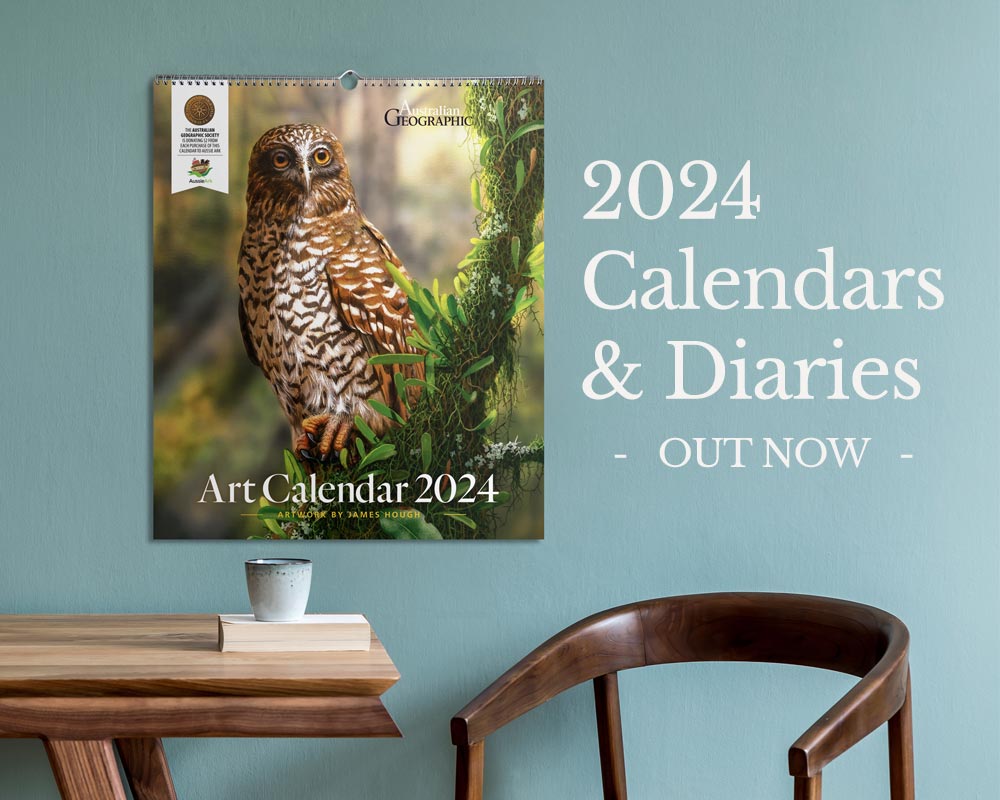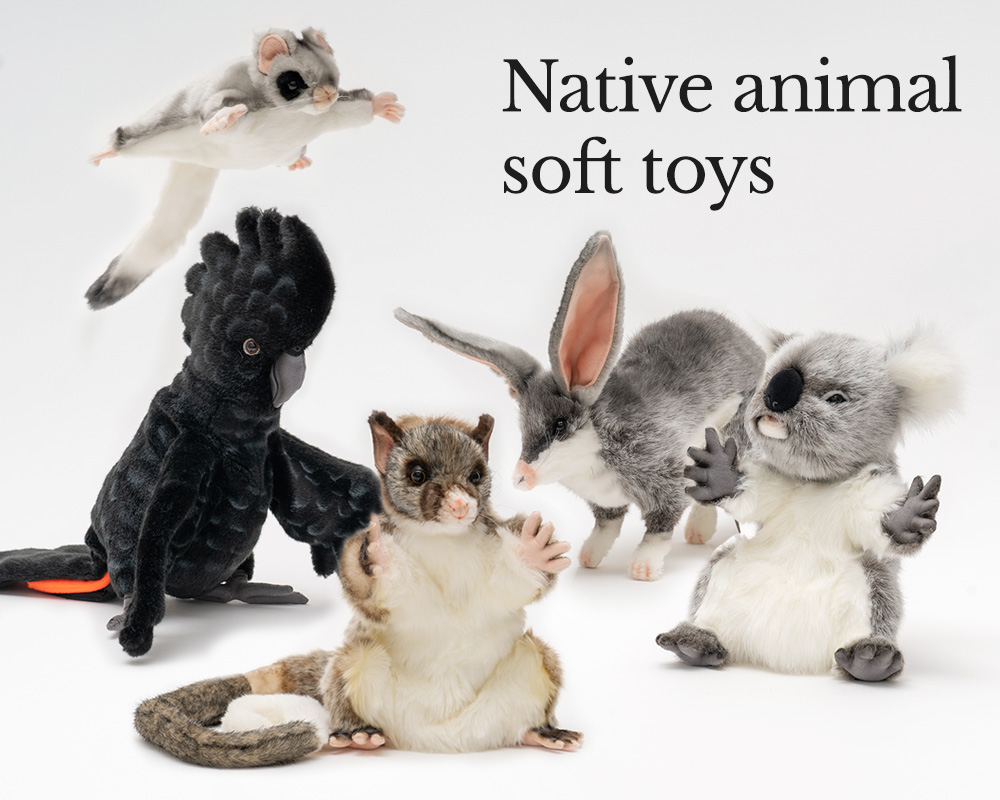How to make magpie mafia your feathery friends

Dr Karl Kruszelnicki
Dr Karl Kruszelnicki

Crows are part of the corvid family, to which most species of magpie also belong. The Australian magpie (Gymnorhina tibicen) isn’t a corvid, but it is distantly related.
Corvids and the Australian magpie share plenty of similarities. For starters, they are remarkably intelligent. They’ve been observed using tools, playing games, and working in teams. Australian magpies have been known to remove tracking devices from each other, and each magpie can recognise up to 100 different people.
Australian ornithologist Professor Gisela Kaplan raised magpies at home. On one occasion, she returned to her computer to see a magpie press a key on the keyboard with its beak, check to see what had changed on the computer screen, and then repeat this over and over.
That number I mentioned – 17 years – is based on the findings of a 2006 study by Dr John Marzluff from the University of Washington. In the study, he donned an ugly ogre mask and traumatised seven crows by capturing them in a net. He quickly set them free, but other crows saw the incident – and they didn’t forget. Whenever the crows saw anybody wearing that specific mask, they voiced their displeasure by cawing loudly. Seven years later, 50 per cent of crows at the site began to caw when they saw a person wearing the mask. The percentage decreased steadily until 2024, when it reached zero.
Similarly, some magpies (nearly always males) can become very aggressive during the breeding season – usually late August to November or December. The behaviour ranges from alarm calls and distant swoops to close swoops and physical attacks, often on those who had ‘wronged’ them previously. Sometimes the attacks are misguided: if the original perpetrator had worn a specific school uniform, the magpie might attack anybody wearing that school uniform.
There is a solution that takes less than 17 years. Carry some snacks (peanuts, kibble, etc.) and, when bothered by a magpie, make eye contact and leave the bribe on the ground. It’s protection money, pure and simple. But it can be so effective that your new-found feathery friends will even chase away other would-be magpie attackers.




